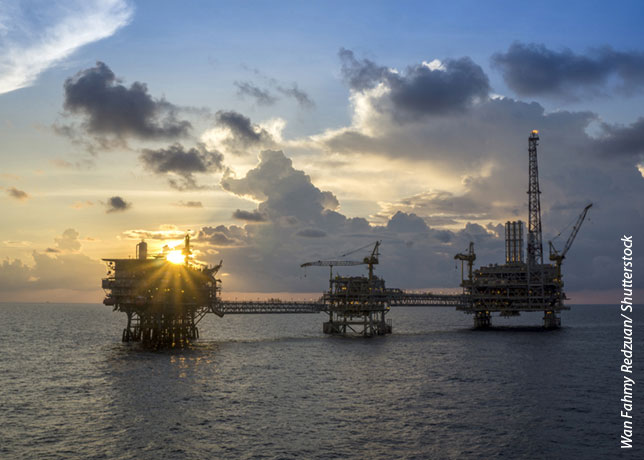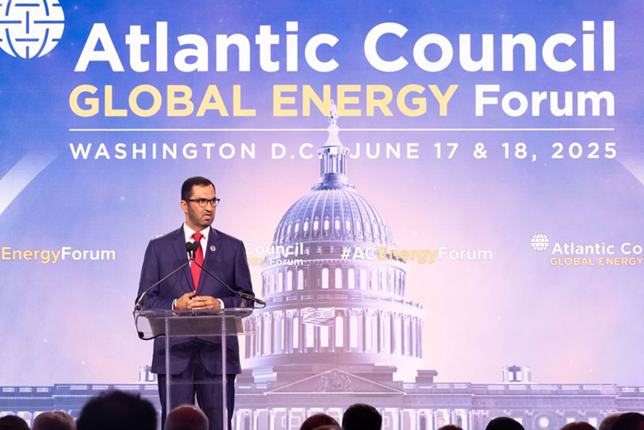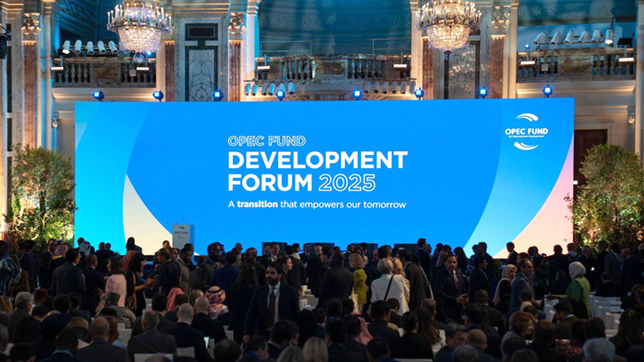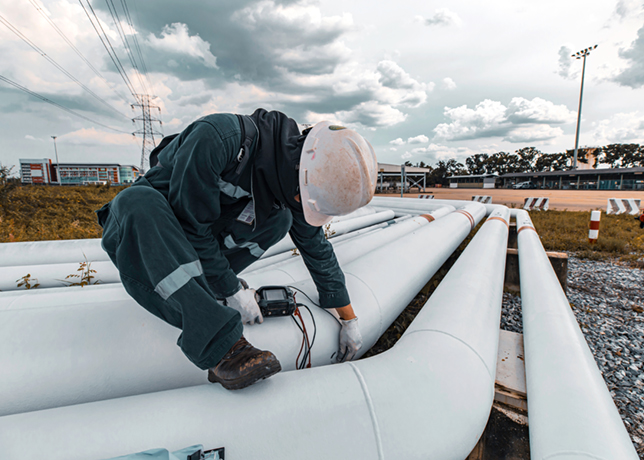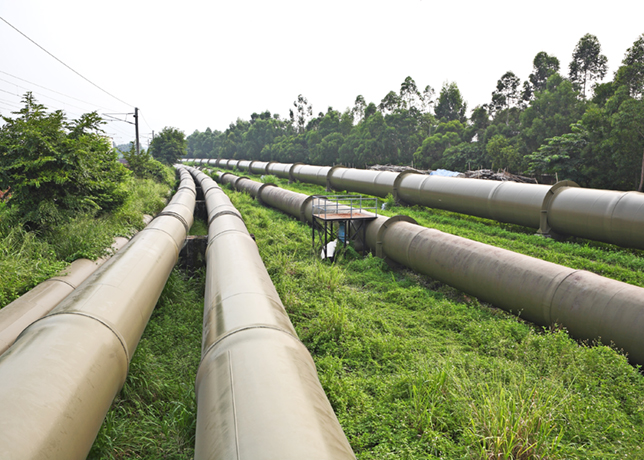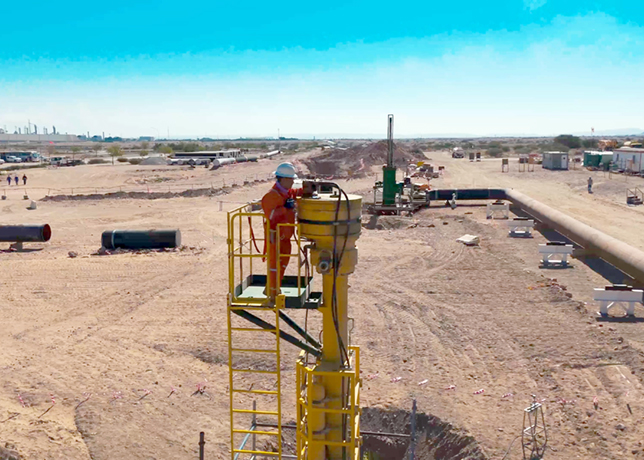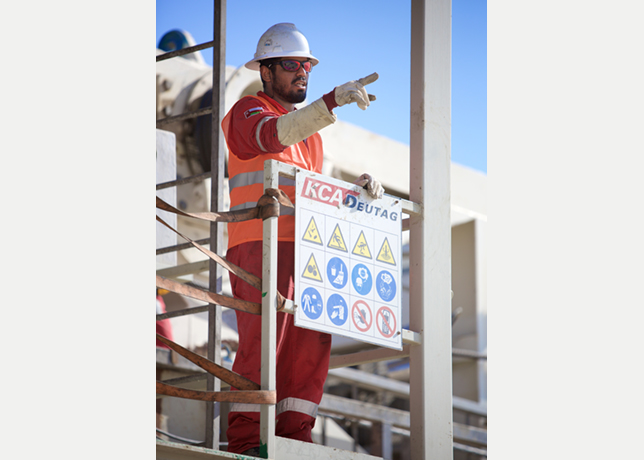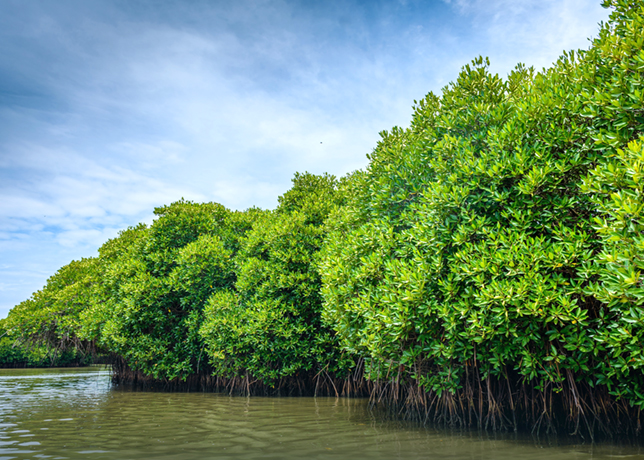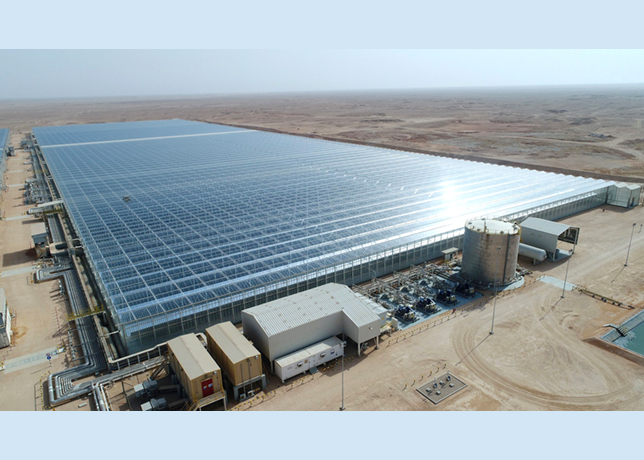
 Oman seeking closer LNG ties with Korea
Oman seeking closer LNG ties with Korea
State-run Korea Gas Corp (Kogas) has signed an initial pact with the Oman government to jointly build and operate a LNG facility, South Korea’s energy ministry said.
The ministry said the two sides signed a memorandum of understanding on the cooperation but did not say where the storage facility would be built. It did not disclose financial details.
An official at Kogas said details, including the location and capacity of the proposed facility, had yet to be finalised and required further negotiations. But he said it would probably be located outside South Korea.
Last year, South Korea imported a total of 22.3 million tonnes of LNG, of which 28 percent were from Qatar and 25 per cent from Indonesia, the energy ministry said. Oman supplied 19.4 per cent.
Kogas, the world’s single-largest LNG buyer, said recently it would invest 855.4 billion won ($892.1 million) by 2011 to boost its LNG storage and regassification capacity.
The expansion is part of its efforts to meet steady growth in demand and better cope with any supply disruptions, the domestic gas monopoly had said in a filing to the stock exchange.
Kogas plans to build six 200,000-kilolitre storage tanks, with a combined capacity equivalent to 27 per cent of its current capacity, and three regassification plants with a combined capacity to handle 600 tonnes per hour, the company said.
South Korea has a long-term strategy to almost double its LNG storage capacity by 2017 to meet rising demand for the super-cooled natural gas.
The fuel, which is transported via tanker, is regassified for distribution through pipelines.
The agreement reached during a visit by Oman’s Minister of Oil and Gas Ahmed bin Abdul-Nabi Macki to South Korea.
Kogas officials indicated the tanks may be built in Oman, saying the two sides would operate the gas facility near the production site.
“Building the tanks near the production site reduces costs,” a Kogas official said.
Construction is expected to start next year, the official said.
“The location and capacity of the proposed facility and other details would be worked out during further negotiations,” said an official at South Korea’s Ministry of Commerce, Industry and Energy.
“The deal is part of South Korea’s efforts to meet steady growth in gas demand and better cope with any possible supply disruptions,” the ministry official said.
Meeting with the Omani oil minister, South Korea’s Vice Minister of Energy Lee Won-Geol also discussed ways for close ties on LNG trading, information exchange and technical cooperation with one of the country’s main gas supplier.
“South Korea will be able to bring in LNG from the joint facility with Oman in case of supply disruptions in the winter season,” the ministry official said.
Domestic consumption of LNG has increased in the winter season, raising concerns about possible temporary shortage of LNG in case of global supply disruptions.
Japanese trading companies Mitsubishi Corp and Itochu Corp have also said they will invest in a LNG company in Oman.
Mitsubishi and Itochu, along with gas supplier Osaka Gas, will each buy three per cent in Oman’s state-run Qalhat LNG SAOC from the Omani government.














